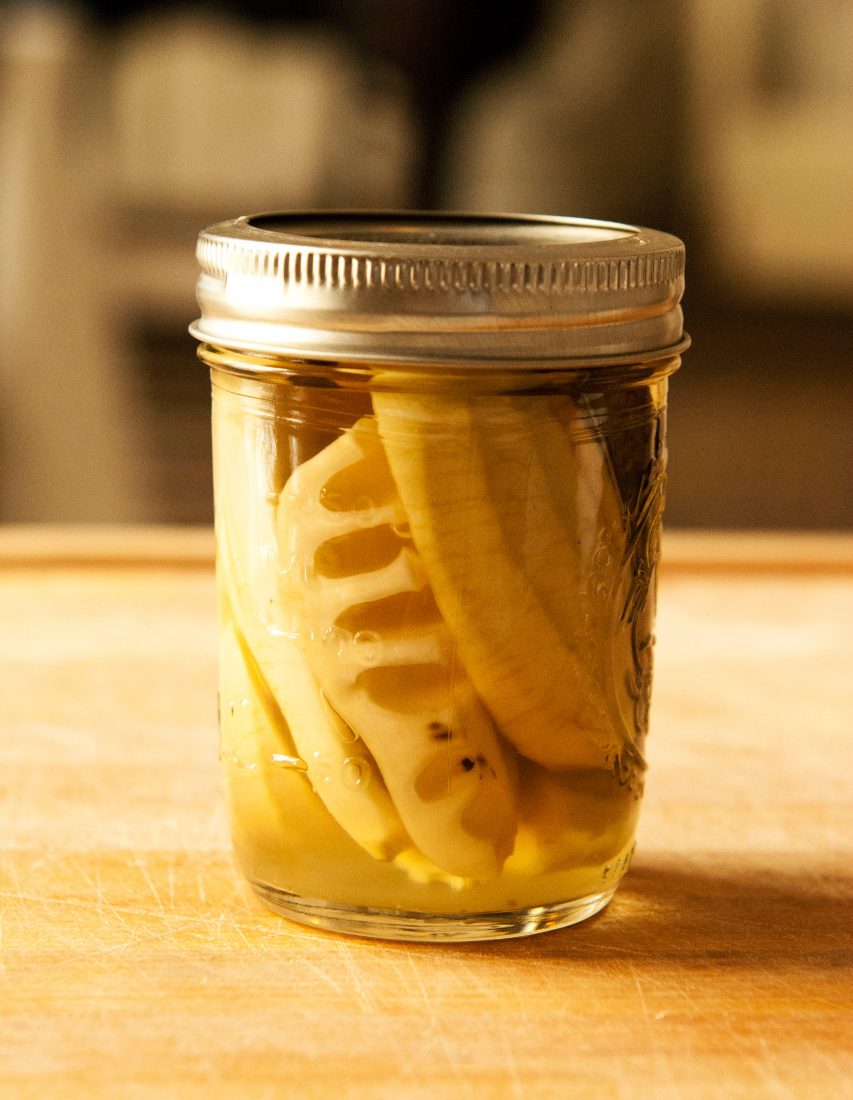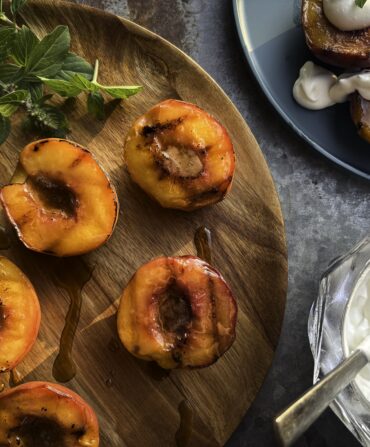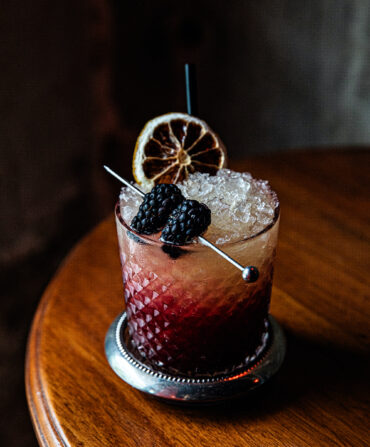In foraging literature, the pawpaw, a soft, pale-green fruit indigenous to the temperate forests of the eastern United States, is allotted a produce aisle’s worth of flavors, among them mango, banana,
pineapple, and melon. “I think it tastes like if you were to make mango and banana cupcakes, and then eat the batter,” says Richard Neal, the chef de cuisine at the Capitol Grille in Nashville. “It’s sweet, and tropical, and super soft.”
Neal, an avid forager who harvests ingredients from the woods around Nashville year-round, takes full advantage of the two weeks or so each year when wild pawpaws are in season. “It’s like my birthday,” he says. And in fact last year, before the fruits were fully ripe, impatience got the better of him. While pickling green strawberries, he halved a few hard, unripe pawpaws and submerged them in a sweet brine, creating a crunchy, fruit-tinged pickle that he serves alongside the cured meats on his charcuterie platter.
The pawpaw is notoriously prone to spoilage, and difficult to cultivate. So if you live anywhere from Maryland to the northern parts of Alabama, Louisiana, and even Texas, you’re more likely to find it in the woods than at the grocery store. Look for trees in rich bottomland soil, near creeks and rivers. And keep an eye out for farmers’ market vendors and roadside stands in the coming weeks, too. Pawpaw season is waning in the Mid-South, but still ahead in the Mid-Atlantic and beyond. If you can find a few fruits, ripe or not, remove the seeds and bitter skin and put them to use with these recipes from Neal.








